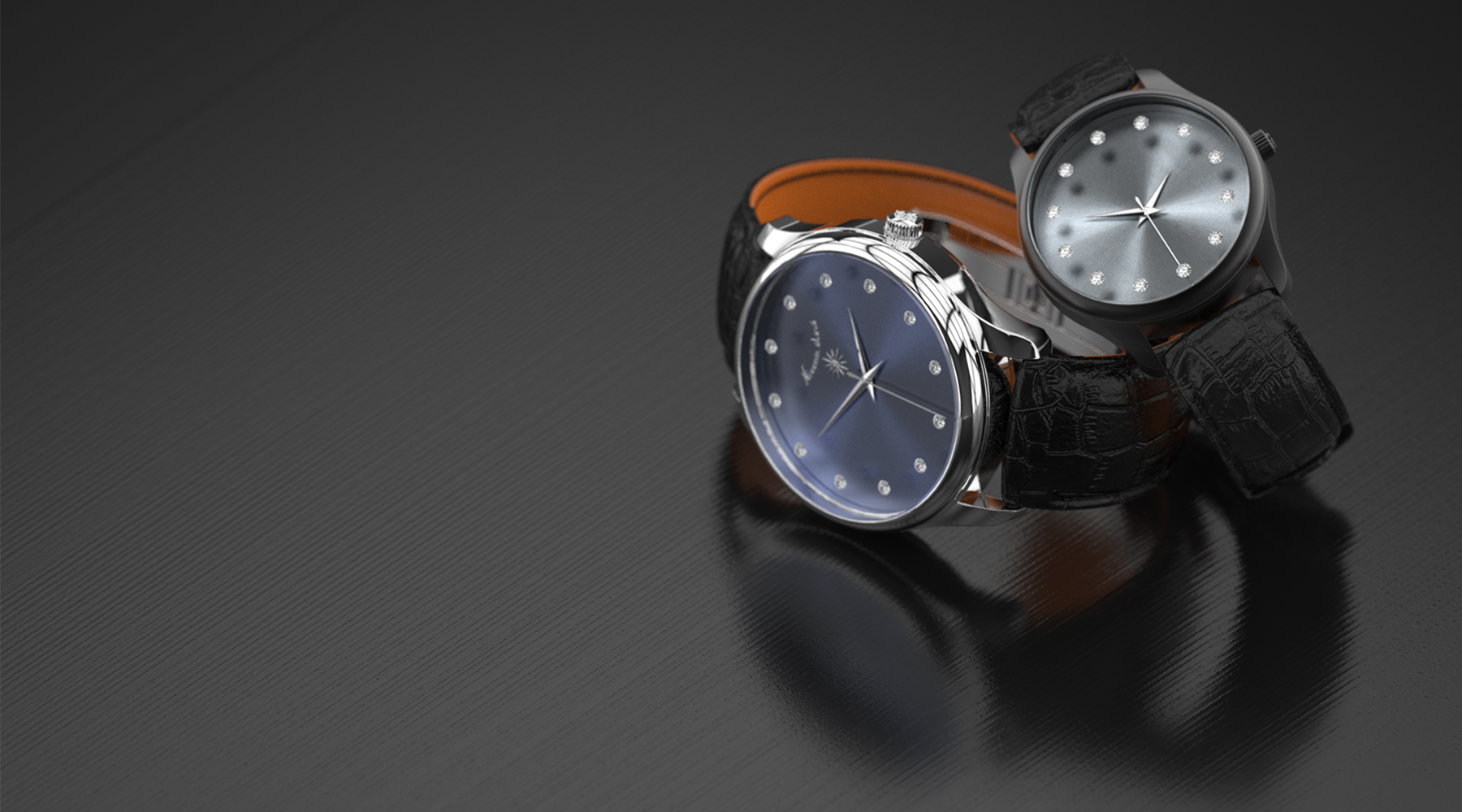Introsistence Introsistence
The word introsistence is a neologism. It contains the Latin root “sistere”, like the word existence. The latter is composed of “ex” and “sistere”. Ex = out, out and sistere = stand. The word “existence” means “to stand out”, i.e. to stand out of non-existence into being. Figuratively speaking, then, everything that exists stands like an asparagus from non-existence into “being”. The word “introsistence” suggests the opposite direction of existence, the “standing in” to the inner. Introsistence thus refers to “being awake within”, “reaching into the inner worlds”, “being aware of the inner worlds”.
It is strange that we generally deal relatively little with our own inner selves. We are so fascinated by the external, so focused on our existence in the physical world, that we hardly explore the inner spaces that would be available to us. To systematically turn inwards and see what our inner spaces, which our consciousness can open up, look like, what “non-material” elements we encounter there, would actually be one of the most fascinating undertakings one can imagine. If there was an area behind our house, a hundred metres from our outer centre of life, that we didn’t know what was there and no one had ever been there, we would have looked long ago, gone there and only let go when we had clarity about what was going on there. But this natural curiosity does not automatically extend to ourselves, although we should actually be more important to ourselves than an area in our external environment.
The tendency to neglect our inner selves in favour of the outer is a trait, or habit, that humanity has only developed over the past two millennia. In earlier cultures, such as that of the ancient Egyptians or that of the ancient Greeks, the culture of ancient Indian or Chinese philosophy, the interior was at least equal to, if not more important than, the exterior. But with the increase in the importance of money and technology, the value of inner knowledge disappeared and outer strength prevailed. A folk who is technically superior, and above all warlike, destroyed or subjugated his neighbouring folks, wiped out their cultures and spread his own system. A high degree of knowledge about our psyche or occult structure was inferior to technical or economic knowledge in the struggle for existence. Or quite banally on the human level: a guy with a big house, a good horse and a stocked larder had a better chance of winning the heart of the village beauty than a guy who could meditate well but didn’t have much else.
Today, at a time when in well-developed societies the struggle for existence is no longer at the forefront of our lives, we actually have the opportunity to turn back to our inner selves. We wouldn’t have to eat less if we devoted an hour of our time every day to studying ourselves.
But apart from providing a “time-out from the outside”, what counts most is the inner attitude. Replacing the loud and pompous outer appearance with an inward-looking smile, having inner substance, being able to dominate our inner worlds, not only our outer ones, being master of one’s own feelings and thoughts, being able to give maximum space to inner joy, these are qualities that count again. Whether we can afford two croissants or twenty for breakfast is irrelevant to our quality of life. But whether we can be happy about everything we encounter, or are seized by a grumpiness in the morning that we can’t get rid of all day, this is what counts for the quality of our time.
So the art of “going within” is fashionable again and is gaining importance even in the external sphere. Or to put it quite banally, a man with inner substance, at peace with himself, with foresight and empathy, may have a chance of conquering the heart of the village beauty today, compared to someone who is successful but only lives in outward appearances.
Introsistence stands for the art of living from within, recognising the subtleties, discovering the true beauty in its inner depths and not searching on the surface. It builds on the fascination with the harmony of subtle relations. In its simplicity, it points to what is still unknown, still undiscovered. The one who displays all he has demonstrates that he has no more than meets the eye and invites you to meet him on the surface. The one who relocates only a little to the surface points to the unexplored wealth that lies behind it and invites us to meet it in areas that are not exhausted in outward success.
The Introsistence is the watch for those who have a sense of the depth of aesthetics, who can discover more power in a combination of 3, 4 elements than in the combination of 25 elements. She focuses on the subtlety of elements rather than their massiveness. She hints instead of exhausting herself. She invites us to discover instead of accepting. It is the watch for those who have not yet given up their fascination with what might be hidden behind the surface in their everyday lives.
The case shape of the Introsistence becomes slimmer from the centre outwards, and if a variation of a brilliant cut is set into the crown, then this stone is set in upside down, i.e. with the “crown” pointing inwards, towards the centre. This allows a look inside the diamond and reveals the essence of the stone under the kaleidoscope loupe: a richly faceted blossom,
The dial is usually kept simple and either set with diamonds, sapphires, emeralds or rubies, or provided with a radiant shimmer, the so-called “sun-dial”.

